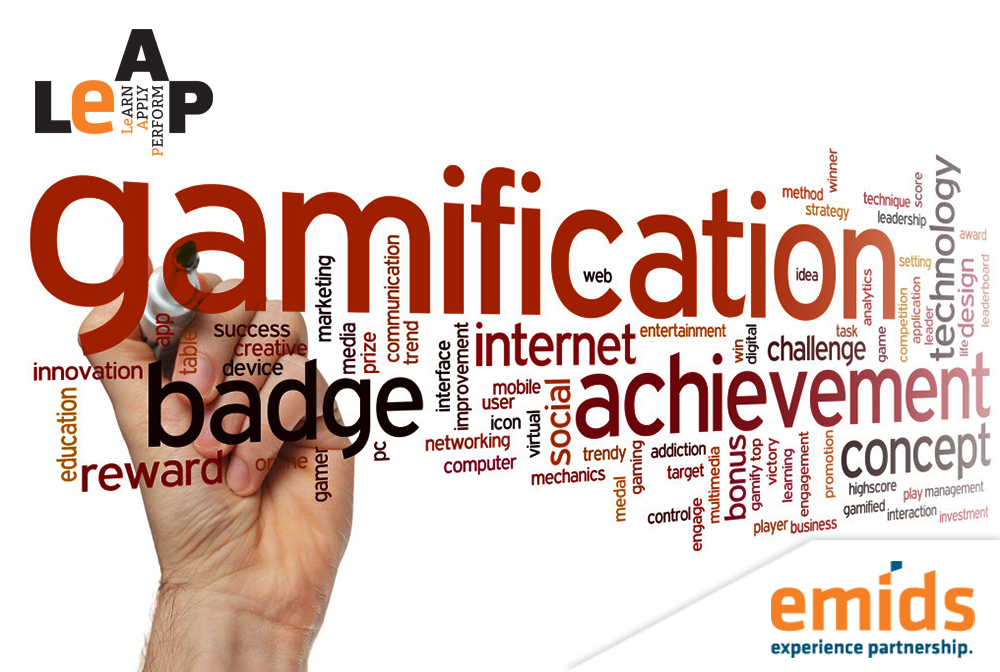An early analytics firm , found it challenging to hire during college campus placements. Some years back, most people had no idea what an analytics job entitles or if it could be a viable career option. One of the bigger issues was to help, students understand what problems, analytics helped solve and how they actually functioned- did it involve coding or doing statistics, is the job like a management consultant etc. To overcome this challenge, the organization developed a game that allowed students to find solutions to real-life analytical problems. Students across colleges could compete with one another for coveted individual prizes. Participation points, points for winners helped determine a tally board in which colleges competed against each other to win awards. Over a period of time, the college became popular amongst final year students and participation in recruitment process went up. But the most important change ,a pool of students who knew what analytics was , and had the right skills and capability for the job were now keen to be hired . This is the effect of Gamification in recruitment.
“Gamification uses 75% psychology and 25% technology. It banks on the competitive spirit within and creates scenarios that encourage and motivate the user to keep moving forward”. The essence of gaming- fun, interactive, transparency, competition, winning , addiction is now being used by HR to engage employees actively. According to Gallup’s State of the Global Workplace, more than 51% of the employees are disengaged and 17.5% were actively disengaged, which meant a meagre 31% were actively engaged at work. A further analysis into this study, revealed that younger employees or Millennials were the least interested in the work they do. How gamification helps in this kind of bleak scenario, is to keep the employees more engaged actively by being interested in the work they do while still having fun doing the job. Other than recruitment, organizations use gamification for learning, collaboration and building team spirit. In Wal-Mart, an online Gaming exercise for safety, not only ensured that all the targeted 5000 employees took the learning exercise but there was a 54% drop in incidence. Which is a quite a significant impact. Similarly these tools can also help build collaboration/sharing/knowledge management across the organizations. Employees who post questions and those who respond both gain points for participation. Employees with highest participation in knowledge sharing receive titles that are displayed against their names. Similarly, employees can be encouraged to share and receive feedback with each other, send appreciation. All the while gaining points /stickers that would be displayed against their name. These are simple motivational techniques, that propel employees to collaborate and participate at work.
What does it mean for organizations and HR ? Other than having an actively interested employees – organizations also now have data to immediately measure the accurateness of the programs that they run. So far, finding instant measurable data for HR exercises has been a challenge, but with the amount of data, gamification process create- HR now has measurable data to find out what programs are that are doing well, what programs need improvement and how in the lifecycle of both the program and/or employees performance has been. They also help serve other purposes-badges and certificates helps organizations identify what cultural trait gets rewarded, they serve as ‘any time feedback’ mechanisms and also help identify those who need to be reached out to.
Gamification needs to be used as a strategic tool by HR in developing the right programs and pursuing it to completion rather than using it arbitrarily and loosing the effectiveness of the tool.








